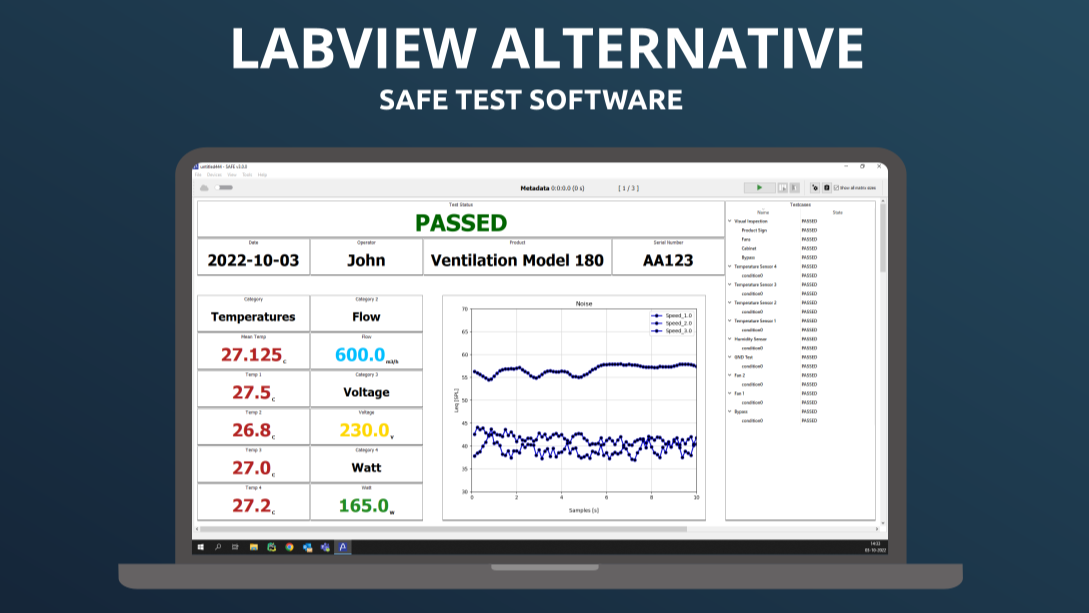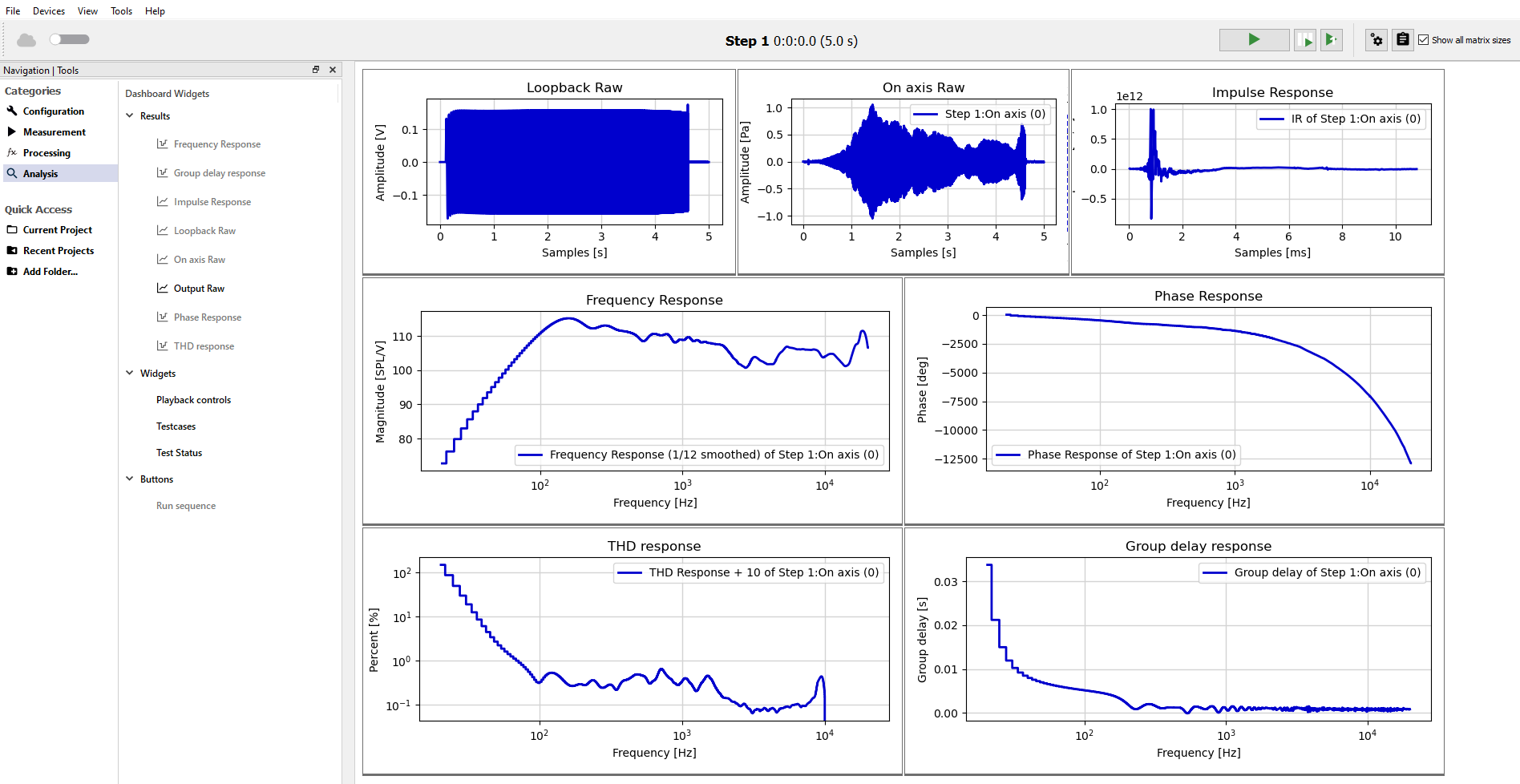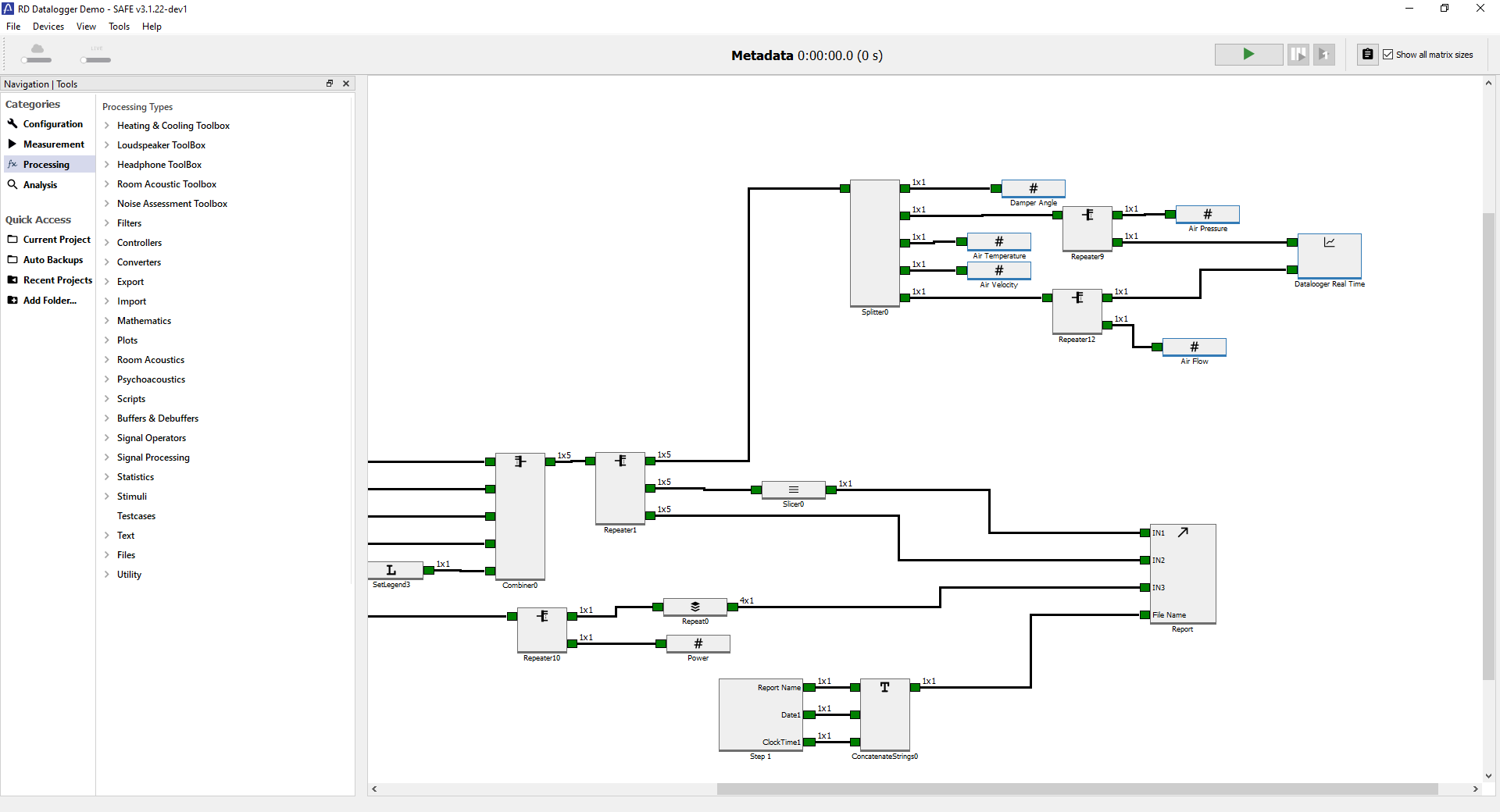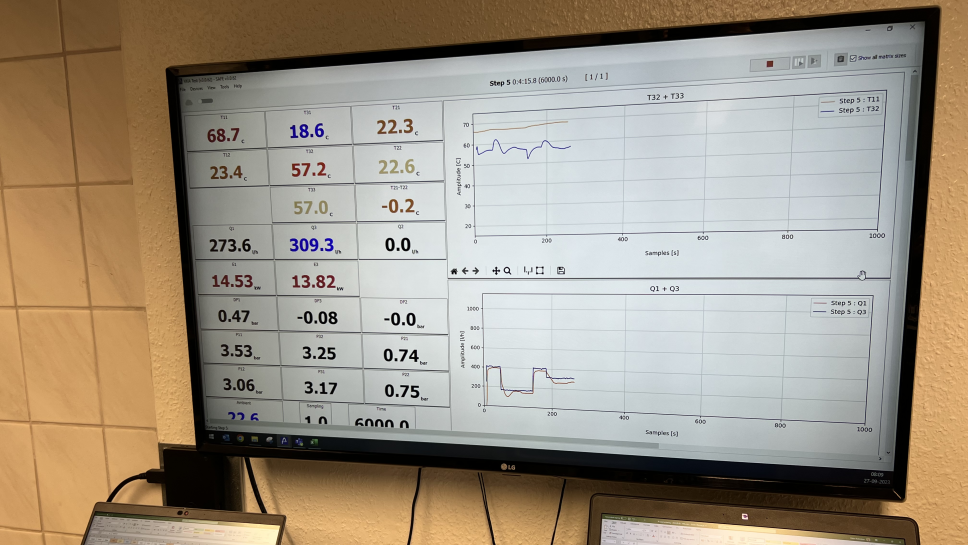Labview Alternative For Automatic Testing

Labview is a popular and widely used graphical programming language that is mainly used for engineering applications and automated testing. It allows engineers to design, control, and monitor systems using a graphical user interface (GUI).
However, it can be difficult to use for engineers, researchers, and technicians who are not used to a development environment and traditional block programming using building blocks.
In the market, there are several LabVIEW alternatives. However, in this article, we will delve into one particular alternative called SAFE. SAFE is specifically designed for automated testing.
In this comparison, we will assess the features and capabilities of SAFE against LabVIEW in the areas of data acquisition, data analysis, design process, and more.
Understanding SAFE: An Overview
SAFE, is a powerful and flexible test software designed to aid engineers and technicians in building automated test systems and data logger interfaces. It is developed by the Danish company Encida which are trying to make test automation more accessible.
One of the key advantages of SAFE is its intuitive graphical user interface focused on test automation and test sequences. This makes it easier for non-programmers to create tests without having to write code or understand complex connections and structures. It also offers a drag-and-drop feature, making it simple to create test sequences and configure measurements.
Additionally, SAFE supports a wide range of hardware devices including data acquisition cards, sensors, and communication protocols such as NI hardware, Modbus and SCPI remote control. This provides flexibility for engineers to choose the best hardware for their specific testing needs.

Comparing User Interfaces: SAFE vs LabVIEW
One of the biggest differences between LabVIEW and SAFE is their user interfaces. LabVIEW is focused on building virtual instruments that the user can interact with when testing. SAFE on the other hand focuses on automated tests that are either fully automatic or a test that needs specific inputs from the test operator.
LabVIEW's user interface can be intimidating for non-programmers as it requires a basic understanding of programming concepts and the use of multiple nodes to create a working test. On the other hand, SAFE has a more streamlined and straightforward interface that allows users to easily create tests without needing prior programming knowledge.
Video of SAFE
Video of LabVIEW
Data Acquisition: Process Simplification with SAFE
Data acquisition is a crucial aspect of automated testing as it involves collecting and measuring data from various sensors, instruments, and devices. LabVIEW here offers the most extensive driver support for almost any hardware platform in any industry. This is a big advantage of LabVIEW over any other alternatives to LabVIEW.
On the other hand, SAFE simplifies the data acquisition process by providing an intuitive interface to specific hardware platforms and communication protocols such as NI hardware, Modbus, and SCPI devices.
In LabVIEW, you work with everything from data acquisition, data analysis, and visualization in two main windows. In SAFE this is spread into different categories each having a specific focus:
- Hardware configuration
- Measurement sequence
- Data processing
- Analysis Dashboard
Each category works in different ways specialized towards the thing you are doing. For example to acquire data you will configure devices in the hardware configuration and use measurement steps with configured hardware in the measurement sequence.
Because of the simplicity of SAFE you can make quick hardware connection and do rapid prototyping.

Data Analysis: Needs and Tools in SAFE Compared to LabVIEW
After data is acquired, it needs to be analyzed and processed for meaningful results. Here, LabVIEW offers a powerful analysis library with a wide range of tools and functions for processing data and to create control systems.
For data analysis SAFE and LabVIEW are very alike, they both utilize use drag & drop tools that can analyze data. SAFE does not have all the tools that LabVIEW has but usually have tools and modules you need to process and verify data including:
- Math tools
- Statistic tools
- Signal processing tools
LabVIEW can do more but is lower lower-level development environment. SAFE the LabVIEW alternative can do the standard stuff but is higher level and therefore an easier solution.
Case Studies: Real-world Applications of SAFE vs LabVIEW
To truly understand the capabilities of a software, it is important to examine real-world applications and case studies. In this section, we will look at some examples of how SAFE and LabVIEW have been used in different industries.
LabVIEW has been around for over 30 years and has been used in a wide range of industries including so no one can deny its effectivenes:
- Aerospace
- Automotive
- Biomedical Engineering
- Basically in everything
On the other hand, SAFE is a relatively new player in the market and has primarily been used in industries such as Ventilation, Cooling, and Sound. However, with its user-friendly interface and powerful capabilities, it is gaining traction in other industries as well. Here are some examples of where SAFE has been used.

Final Verdict: Weighing the Pros and Cons of SAFE and LabVIEW
Both SAFE and LabVIEW have their own strengths and weaknesses in the field of automated testing. While LabVIEW offers a comprehensive development environment for data acquisition, analysis, and control systems, it can be challenging to use for non-programmers as it is a graphical programming language.
On the other hand, SAFE offers an intuitive interface and streamlined process for creating automated tests and data acquisition with specific hardware. However, it may not have the extensive driver support and analysis tools offered by LabVIEW. It could be a great LabVIEW alternative in many applications.
Ultimately, the choice between SAFE and LabVIEW depends on the specific needs you have and your level of programming knowledge. For those looking for a user-friendly solution for standard hardware interfaces such as NI hardware, Modbus and SCPI, SAFE may be a great LabVIEW alternative. However, for more complex and advanced testing needs with older or specialized equipment, LabVIEW may be better.
Regardless of the choice, these software options provide valuable tools for engineers and technicians in building automated test systems and improving their testing efficiency. In conclusion, both SAFE and LabVIEW are powerful platforms that offer different strengths but ultimately serve the same purpose – to simplify and optimize testing in manufacturing and R&D.
Other LabVIEW Alternatives: Exploring the Options
In addition to SAFE, there are other LabVIEW alternatives in the market such as Python, MATLAB and smaller measurement and control systems specifically made for certain applications and platforms. Each of these alternatives has its unique features and capabilities that cater to different needs and preferences.